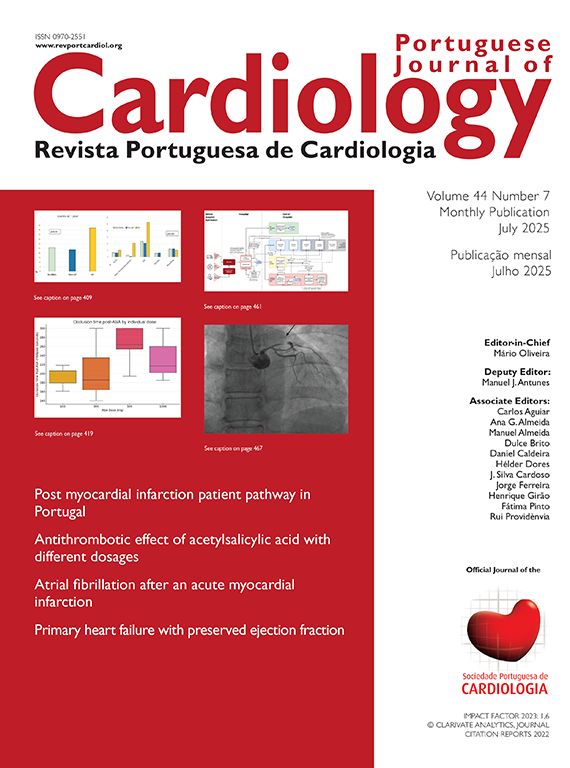Left bundle branch block (LBBB) refers to conduction delay or block in any of several sites in the intraventricular conduction system. The electrocardiogram was characteristic with prolonged QRS duration ≥120 ms, broad notched R or slurred R waves in leads I, aVL, V5 and V6, narrow or absent r waves followed by deep S waves in leads V1 and V2.1 It has been reported that prevalence of LBBB was 0.09% and increases with aging in China.2 LBBB can develop with cardiovascular disease, as an acquired mechanical complication of procedural interventions or without risk factors. Furthermore, LBBB is a hallmark of hypertensive or ischemic heart disease and leads to a dyssynchronous activation and contraction of the left ventricular (LV), which induces dilated cardiomyopathy.1 It is important to investigate the classification of LBBB and identify the true LBBB. In our opinion, there are three types of LBBB: transient, persistent and permanent LBBB.
Transient LBBB is an intraventricular conduction defect that subsequently returns to normal conduction, which was associated with phase 3 block, phase 4 block and concealed conduction. The causes of transient LBBB included tachycardia or bradycardia, anesthesia, acute pulmonary embolism, cardiac interventions among others.3 Although LBBB is intermittent, patients with structural heart disease who develop exercise-induced LBBB had increased all-cause mortality.
The definition of persistent LBBB is unclear. In patients with transcatheter aortic valve implantation (TAVI), persistent LBBB was defined as any LBBB that persisted >7 days at hospital discharge or 12 months after TAVI. LBBB develops in as many as 25% of patients with heart failure4 and is associated with less left LV functional recovery on medical therapy. Cardiac resynchronization therapy (CRT) including biventricular pacing, His bundle pacing and LBB area pacing, can reverse the conduction abnormality and LV dysfunction. Thus, persistent LBBB may be defined as correctable LBBB that is continuous and lasts for >7 days. In these cases, conduction abnormality can be reversed by medical intervention, especially by LBBB-CRT.5
Permanent LBBB may be true LBBB with disrupted LBB activation. The conduction abnormality can not be reversed even by removing the cause of the disease and with medical intervention.
In conclusion, although classification of LBBB contributes to optimal treatment, identifying a persistent from of permanent LBBB is a challenge in clinics.
Conflicts of interestThe authors have no conflicts of interest to declare.





